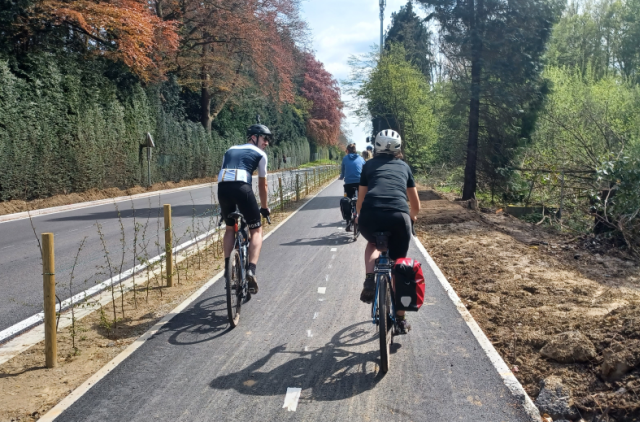
More and more Belgians cycle to work

The car remains the most popular means of commuting but the bicycle is gaining more and more popularity/FOD Mobility
According to a BeMob survey by FPS Mobility, 32% of Belgian workers used a bicycle to commute to work last year, either for all or part of t


Comments
Ready to join the conversation?
You must be an active subscriber to leave a comment.
Subscribe Today